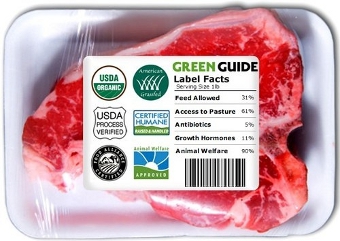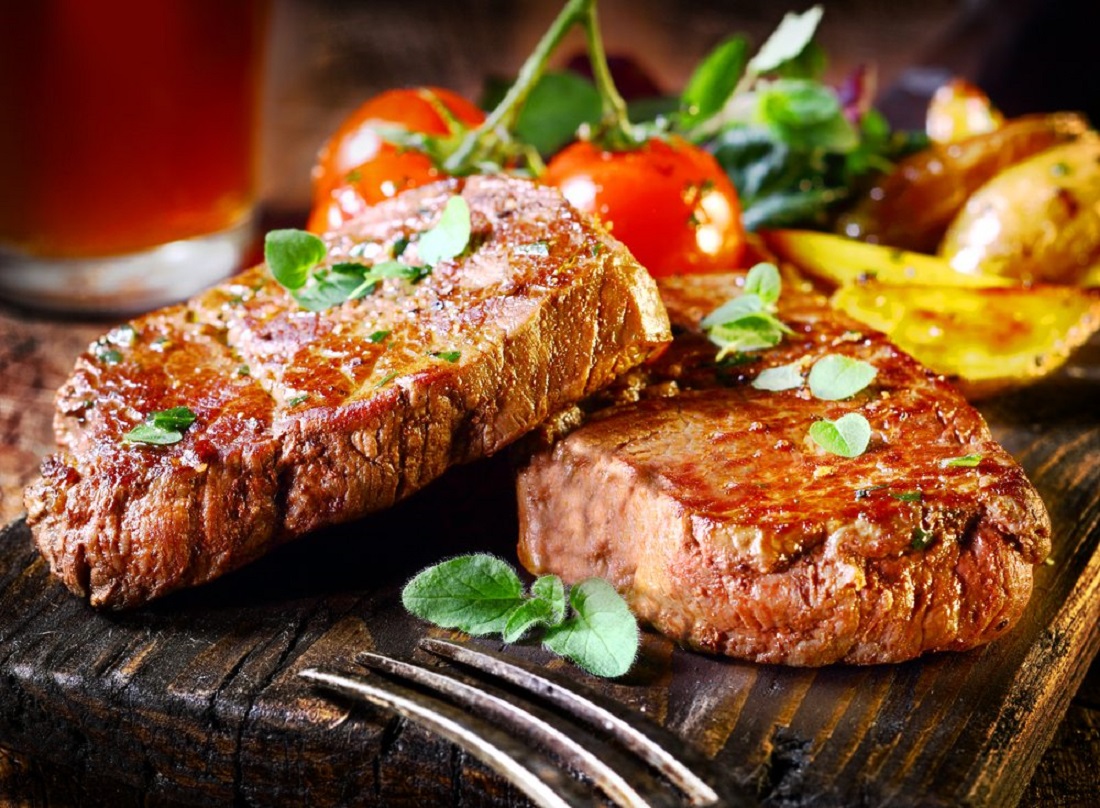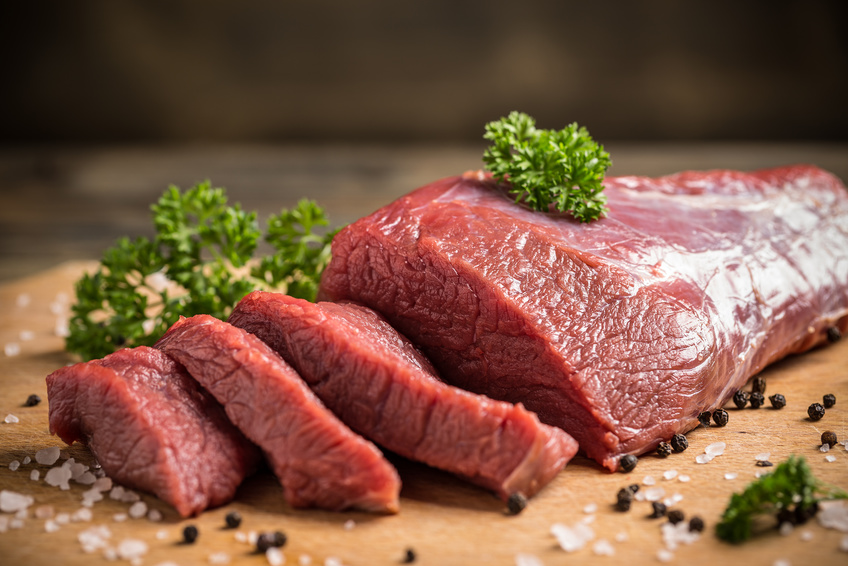Red meat like a couple of other meals has to be consumed with a degree of moderation, and when you are unaware of this fact, you could impair your health.
The availability of proven research efforts that has been widely publicized making it possible to have an idea of what amounts are expected to be eaten. In return, we’ll know the best ways to include red meat properly in our meals.
A recent WHO report blew up a storm, as many people read the publication with a slant but in essence, what was addressed was the presence of carcinogens in red meat and not necessarily that you increase your risk of cancer when you consume it.
There are other meals and food types that need to be eaten in moderation to keep your health at optimal levels.Here are 5 things you should know about red meat:
- Serving size
When it comes to red meat, the nutrient you need is not supplied by an apparently large size. The recommended daily allowance is only 4 ounces and to put it in proper perspective, this is just equal to the chunk that has the semblance of any deck of cards.
In any case, you can decide that a reduction of the meat size is necessary so that you can make do with other substitutes.
- Healthy red meat
When picking what a healthy red meat could be, you need to look far away from Ham irrespective of how it was prepared. Ham has a high degree of sodium and unhealthy fat. In selecting the red meat you must stick to in your meals, it is better to look out for the healthy variety.
The healthiest red meat is the one sourced from organically bred cow and from this base; you will have vitamin E, linoleic acids, and omega-3 fatty acids. This breed is preferable to your regular beef.
As a matter of approach and good practice, you should consider splitting your meat intake so that in some days, you can go without meat. This will mean that you go along with veggies and such array like mushrooms to fill up the void.
Bison is another healthy meat as it is lean while pork tenderloin is perhaps the best pick in a field of other types like lamb, goat, ostrich and venison.
- Nutritional value
As to daily protein needs, the recommended intake is 0.8grams for every kilogram of your body weight, and that translates to 0.36 grams for a pound of weight.
- For a man who has a sedentary lifestyle, 56 grams of protein daily is recommended
- The average sedentary female counterpart requires 46 grams of proton every day
While a3-ounce portion of red meat provides 25 grams out of the 50 grams of protein needed per day, it also gives the B12 and B6 classes of vitamins in addition to zinc and iron. Each serving of red meat provides 121 calories.
- USDA labels

If you are a follower of the USDA labels, you will be aware that meat is labeled as Choice, Prime, and Select. This classification is highlighted based on the tenderness, juiciness, and flavor of the meat type.
After cutting Select meat with your ceramic knife, it is advisable to marinate them so that you can have the best blend of flavors to suit your palate. Choice beef has excellent quality and can fit into your roasting and other options. Prime beef is produced from young and well-fed cows that are fitting for grilling and broil options.
- Heart Ailments
Heart conditions often give red meat the flaks but in clear essence, this is far from the truth. Red meat has no impact on the risk of contracting coronary ailments, and regular eaters of at least three ounces of red meat daily from lean beef have no predilection to heart diseases.
Red meat will not just provide protein, but it also helps to get your body physiology in shape by building tissues with its nutrients flow.
Never forget that moderation is still the best take: so, do not go beyond the established recommended dietary allowance for red meat if you want enjoy healthy living with great cuisine.
Conclusion
We’re sure there are more than 5 things you didn’t know about red meat, but these are just the primary facts that everyone should know. I would love to read your tips and questions on this article in the comment section below.Remember to share this page to your social networks so that your friends and family can benefit from these insights.


